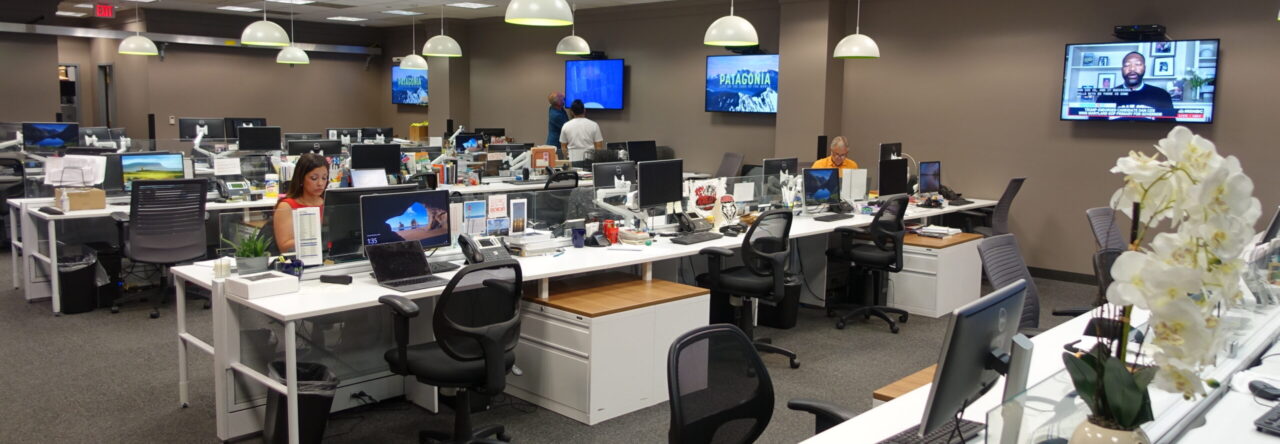
The Inquirer editorial is reminiscent of this famous Boston Globe parody
On Saturday afternoon, The Philadelphia Inquirer published an editorial headlined “To serve his country, Donald Trump should leave the race.” It was intended as a rebuke to The New York Times’ editorial board, which on Friday posted a piece using the same headline, the only difference being that it was aimed at President Biden rather than Trump.
The Inquirer’s editorial was brilliant and inspired. It’s attracted a lot of well-deserved attention, and I hope it results in an upsurge of subscriptions. It begins:
President Joe Biden’s debate performance was a disaster. His disjointed responses and dazed look sparked calls for him to drop out of the presidential race.
But lost in the hand wringing was Donald Trump’s usual bombastic litany of lies, hyperbole, bigotry, ignorance, and fear mongering. His performance demonstrated once again that he is a danger to democracy and unfit for office.
In fact, the debate about the debate is misplaced. The only person who should withdraw from the race is Trump.
It reminded me of The Boston Globe’s fake front page from April 2016, imagining what a Trump residency would be like if he somehow were elected president, which of course we all knew would never happen. The page, dated a year into the future, led with the prescient headline “Deportations to Begin.”
Ultimately, though, the Inquirer’s editorial, like the Globe’s fake front, is performance art. Pro-Biden social media exploded in outrage at the Times’ editorial as well as the insistence of many pundits that Biden should step aside following his disastrous debate performance Thursday night. Why, critics asked, isn’t the Times demanding that Trump drop out given that he’s a lying, felonious insurrectionist?
The answer, of course, is that the Times wants Biden to end his campaign because they’re terrified that Trump will beat him — as am I. It’s ludicrous to believe that there’s anything anyone could do to persuade Trump to drop out. He needs to be defeated — and, while we’re at it, to be prosecuted to the full extent of the law and imprisoned if found guilty of crimes that warrant such punishment.
The Inquirer’s editorial is a great thought experiment, and I’m glad it’s grabbed so much attention. The Times’ editorial, on the other hand, is a serious plea for Democrats to do whatever it takes to keep Trump from being elected to a second term and ushering in an era of right-wing authoritarianism. Apologists for Biden’s frighteningly awful debate performance should stop pretending otherwise.








